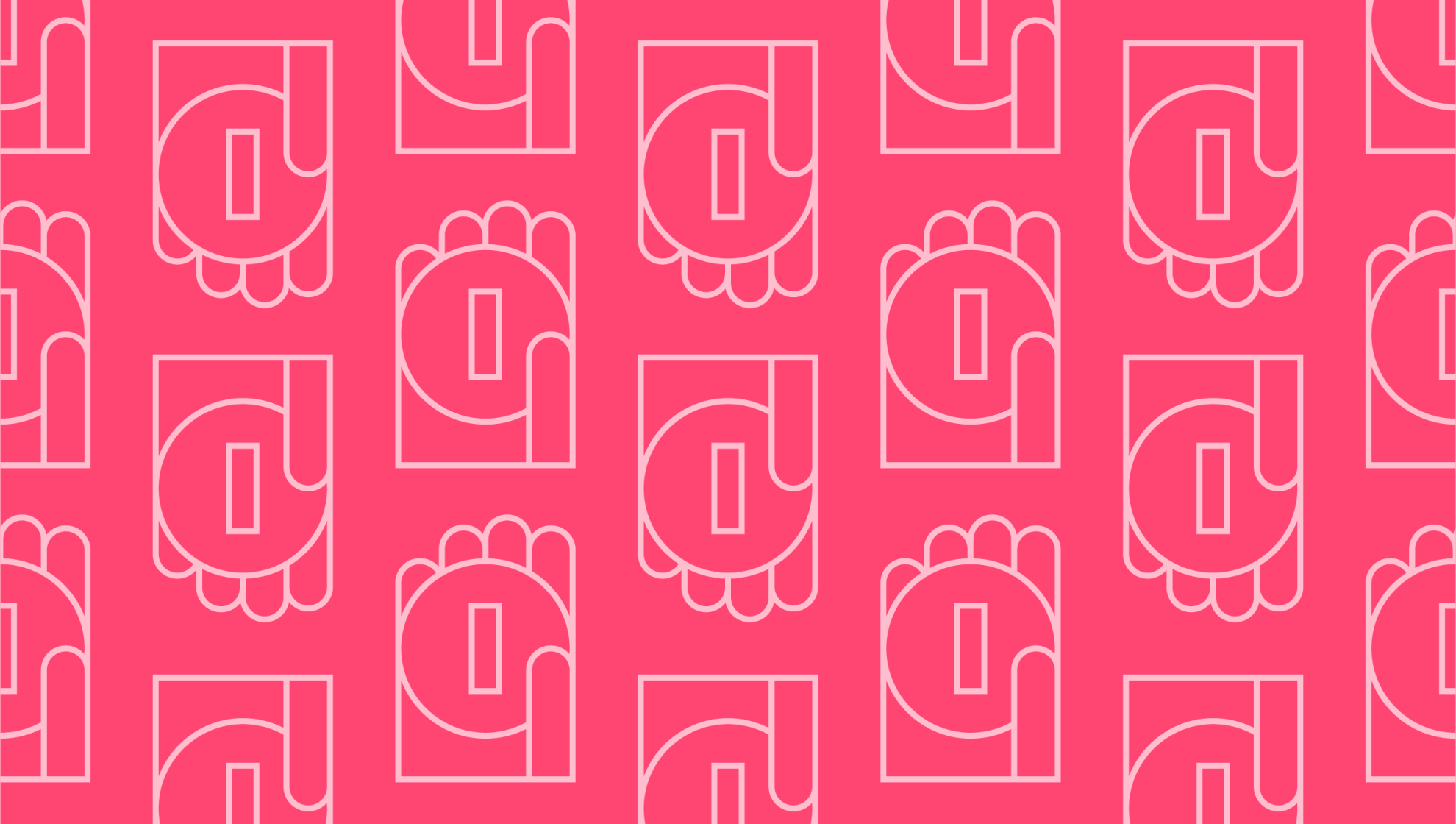Last editedJan 20232 min read
Micropayments are ecommerce transactions which involve very small sums of money (typically less than 0.75 USD) in exchange for an online product or service.
In this post, we’ll take you through a more in-depth definition of micropayments as well as a guide to how they work in practice.
Origins of micropayments
The term “micropayment” was first coined by sociologist and pioneer of information technology, Ted Nelson in the 1960s. At the time, he envisioned micropayments as a means to pay copyrights on online content which allow for low-cost networks to be created instead of an alternative advertising-based model.
In the end, most online content follows an advertising-based model, but Nelson’s idea did still lay the foundation for how certain online content creation is remunerated. And, while micropayments are not currently a common way of making ecommerce payments, they are still prominent and increasing with the rise of digital wallets.
What are micropayments in ecommerce?
As stated above, micropayments are very small transactions made online. Micropayments are considered as such when they are of a sum less than 0.75 USD, or 1.08 AUD. However, they can be as little as a fraction of a cent and as much as 20 USD (28.85 AUD).
These kinds of payments cannot be processed via credit card networks and instead require a special type of system.
Types of micropayment systems
There are two main types of micropayment systems:
1. Prepaid micropayment systems
With prepaid micropayment systems, users set up an account with a processor and top it up with funds whenever they please. PayPal is a popular example of such a system as it involves customers putting money on their PayPal account and using it to make ecommerce purchases. The funds are then debited from the consumer’s personal PayPal account and credited onto the merchant’s business PayPal account.
2. Pay-as-you-go micropayment systems
With pay-as-you-go-micropayment systems, users can pay for their online purchases instantly. The App Store and Google Play are examples of this model. It involves the user’s card details being registered with the micropayment processor via a digital wallet. This means payment can go through immediately without any need for redirection.
Micropayments in practice
Today, micropayments are used to pay for cryptocurrency, streaming content, in-app purchases, apps themselves or even sometimes to test a card before bigger sums are charged to it.
Content creators that earn advertising revenue are usually paid through a micropayment service such as Google Ads. This involves creators receiving revenue for each user click they garner. However, they cannot withdraw their micropayment revenue until it reaches a certain threshold.
This collecting of micropayments for creators to withdraw usually takes place over micropayment platforms, which are specifically built for managing small transactions. This is usually a third-party micropayment provider, for instance, who collects, stores and redistributes received micropayments. The payments are stored by the provider in a digital wallet until they accumulate to an appropriate amount to withdraw. Creators will often have to create an account with the provider to withdraw the funds.
Another example is the freelancing platform Upwork which matches projects with freelancers. Imagine a company hires a writer at, say 10 AUD per hour, and the freelancer works two hours to complete the project. The company would then pay Upwork 20 AUD, who then takes a cut for its fees (usually 20%) and store the rest in a digital wallet for the freelancer to withdraw at their own volition. As there is a small charge for making withdrawals, however, the freelancer may wait until a large sum accumulates in the wallet before withdrawing.
We can help
GoCardless is a global payments solution that helps you automate payment collection, cutting down on the amount of financial admin your team needs to deal with. Find out how GoCardless can help you with one-off or recurring payments.
